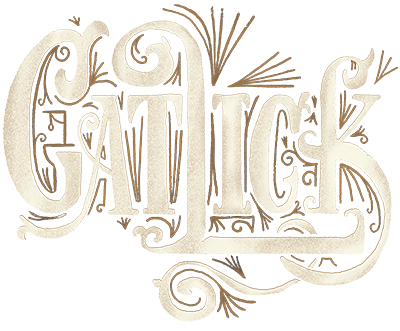Bonus Vault Content

forsyth county, georgia
Forsyth County (highlighted in green above) was named after John Forsyth, Governor of Georgia from 1827–1829. The county is located 40-50 miles north of Atlanta.
Sheriff william reid & deputy gay lummus
“The top dog at the police station was Sheriff William Reid. William Reid was about 50 years old, short, and stocky. He was the son of a Forsyth County farmer and was doing pretty well for himself in his 2nd term as sheriff. As the top law man in the county, he carried himself with a lot of gusto which meant he was respected by most and feared by some.
If William Reid was Batman, his Robin was Deputy Mitchell Gay Lummus. Gay Lummus was Reid’s number two guy. Lummus was younger, in his mid-thirties, tall and slender. Awkwardly, Lummus had lost to William Reid in the election for county sheriff just a few months before all this. But now he was his sidekick and deputy, helping enforce the rule of law all across the county.'“
From Episode 11 of Catlick
early reports of trouble
Early reports of the racial strife in Forsyth County got lots of facts wrong while vastly overstating the role of the black community in exacerbating the tension.
From the Macon Telegraph • September 8, 1912
mayor charlie harris
Charlie Harris was mayor of Cumming , Georgia, in 1912. After graduating with a law degree from the University of Georgia, Harris had big ambitions to bring new economic opportunity to Forsyth County by way of a new rail line.
Governor joseph mackey brown
As pictured in 1912. Brown was the government official who made the call to deploy state militia to Forsyth County in light of the “lynching fever” of September, 1912.
marietta rifles in the 1890’s
MEMBER OF THE CANDLER HORSE GUARD
Circa 1905
candler horse guard
“Candler Horse Guards in front of the Gainesville City Hall. A rare photo of the Candler Horse Guards in the days of their glory. Captain W. C. Thomas is shown astride his mount in the forefront. This was Gainesville's first military organization. The photo was taken in front of Gainesville's City Hall, which was located on the corner of Main Street and Broad Street. The City Hall was erected in 1899 and destroyed by the Tornado of 1936.”
Photo & copy via the Digital Library of Georgia
“plotting to dynamite the town”
On September 8, 1912, the Atlanta Constitution ran a lengthy front page story on the race troubles in Forsyth County. This excerpt tells of the African Americans who’d been meeting at the Colored Methodist Campground on September 7, 1912—the day the news of the attack on Ellen Grice began to spread. The Constitution spread unsubstantiated (and later discovered to be untrue) rumors of black Forsyth County residents “plotting to dynamite the town.”
joseph kellogg
In 1912, Joseph Kellogg owned a 200 acre farm not far from Forsyth’s Sawnee Mountain.
forsyth county courthouse
As pictured in 1905.
mae crowe
Brutally attacked on her way home from church on Sunday, September 8, 1912.












